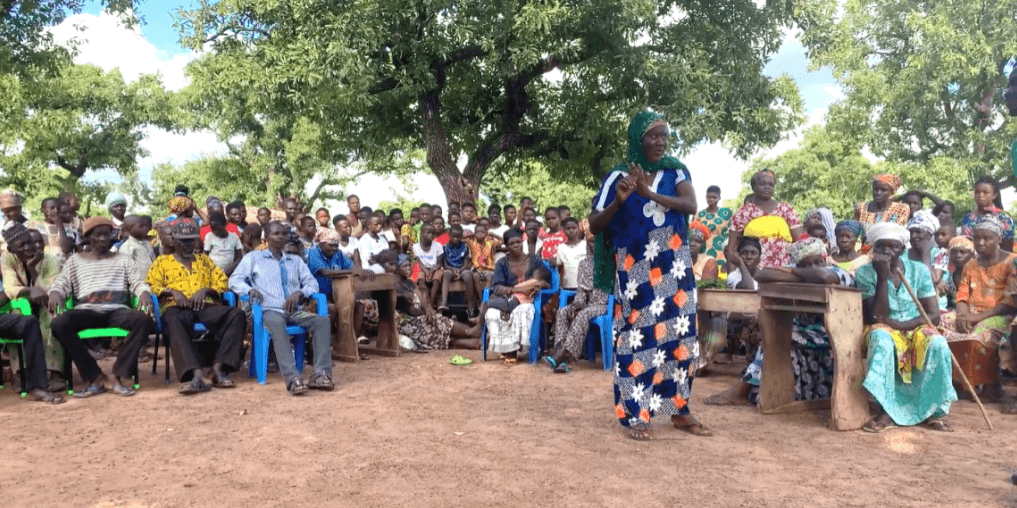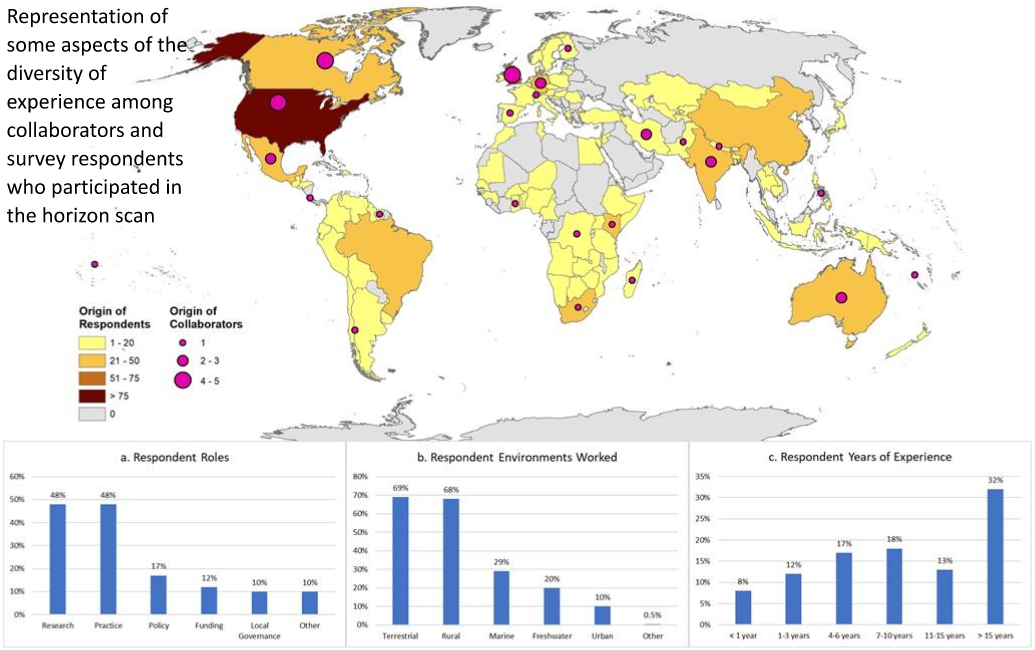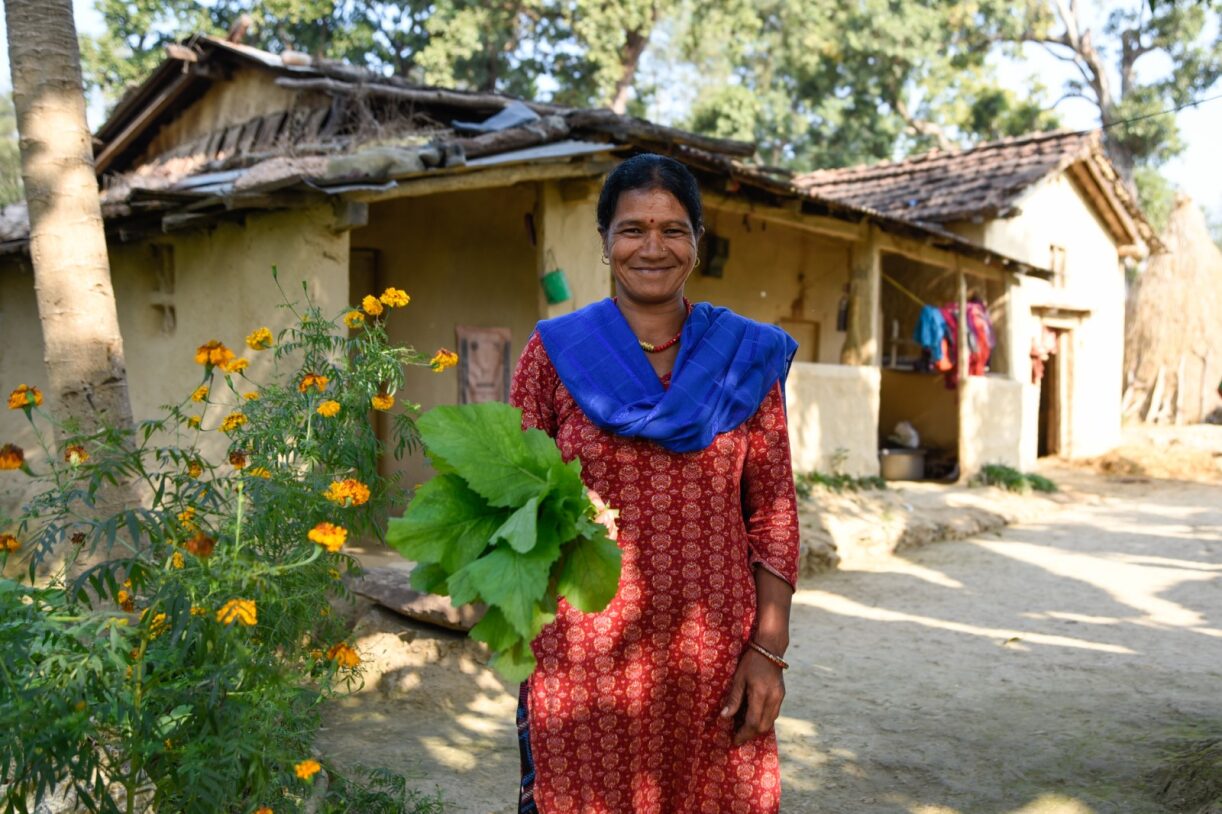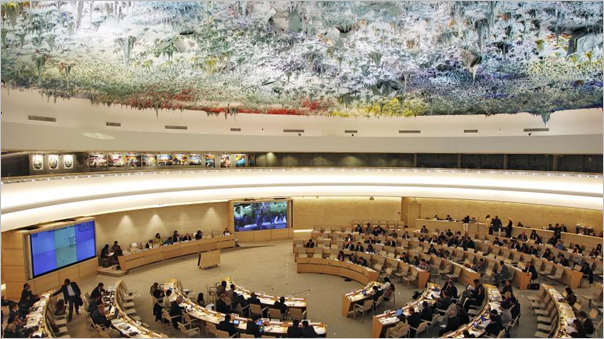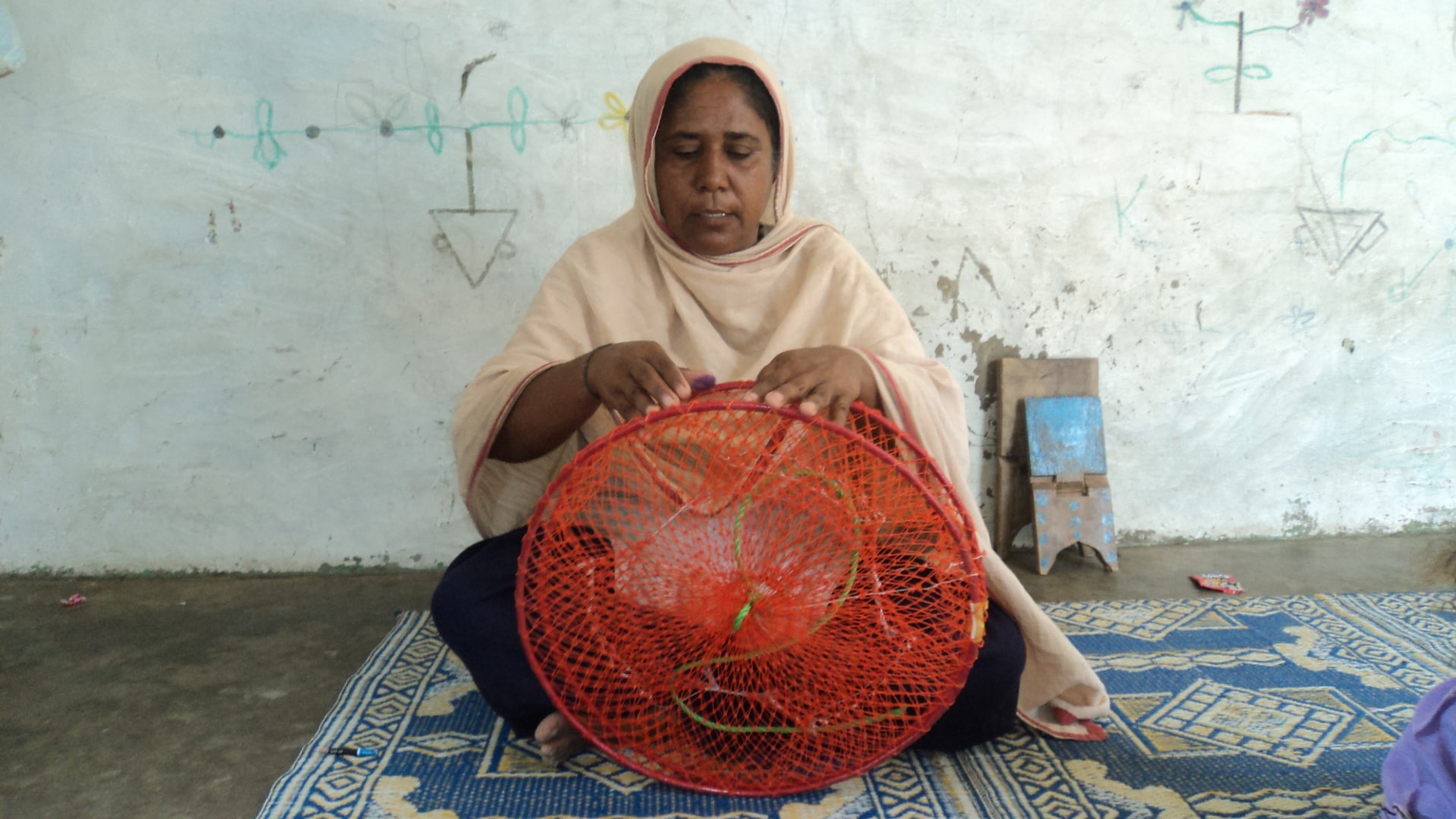Of 261 threats and opportunities raised by survey participants, 32 made an initial shortlist focused on topics deemed to be relatively novel and to have high potential for impact (positive or negative) on community-based conservation. “Awareness of gender, gender-identity, and their cultural context as critical considerations in conservation and development interventions” was one of the topics on that shortlist.
It did not make it into the top 15, perhaps precisely because gender-related challenges and opportunities are cross-cutting issues that infuse so many of the other topics nominated.
Take, for example, “Power shifting towards local actors,” a topic focused on momentum to redress power-imbalances in conservation and development initiatives that to date have favoured powerful elites – international, national, and local – over marginalised voices. Women, particularly women local to the areas targeted by such initiatives, are among the most neglected of those marginalised voices. Yet commonly, their frequent interaction with natural resources and roles in caring for households makes them particularly attune to challenges and opportunities in jointly alleviating poverty and biodiversity loss. Anticipated growth of marginalized voices in decision-making thus gives hope that fair, transparent, inclusive governance will empower women to help advance socially just and culturally sensitive conservation approaches with meaningful community benefits.
Similar arguments hold for “Co-creating knowledge across disciplines and cultures,” a topic that highlights renewed attention in environmental decision-making to the importance of interweaving knowledge systems and worldviews and elevate local and Indigenous perspectives, including that of women. Because cultural norms often mean that women’s social, economic, and environmental interactions are distinct from those of men, their knowledge and perspective is shaped by different experiences. Without women’s input, therefore, community-based conservation initiatives operate with a major blind spot.
Two of the other highlighted topics identify threats to which women may be particularly vulnerable.
“Unpredictable and irregular human migration” in response to climate crises and conflict are mounting and projected to affect 1 billion people annually by 2050. Challenging for all involved, they are especially detrimental to those who are already disenfranchised, economically or otherwise. Single-parent households headed by women may therefore be particularly badly affected by such events.
“Growing violence against environmental human rights defenders” is receiving increased media attention and policy response, providing hope that powerful conservation elites and industrial actors will be deterred from engaging in human rights violations. Violence against women, particularly sexual violence, however, remains a taboo or hushed up topic in many societies. As a result, there is the risk that violence against female environmental rights defenders is underreported and/or neglected during policy implementation.
Two more topics pinpoint opportunities that could be particularly beneficial for women: “Diversifying conservation-compatible livelihoods” and “Mobile finance augmenting economic potential.” One common approach in community-based conservation is employment of community members as trackers and rangers to monitor wildlife populations and enforce protective conservation measures. Such jobs often favour men, because the skills required match those of hunters (who typically are men) or because enforcement roles are seen as better-suited for males. Other alternative livelihood options frequently focus on arts, crafts or production of non-essential goods that may provide the odd bit of income, but not a reliable living wage. Recognition of the need to diversify options for truly transformative livelihoods that lift people out of poverty while also generating environmental benefits may create opportunities for women, who in a variety of societies remain excluded from many established, conventional economic roles. Mobile finance can help with this by facilitating business transactions, micro-lending, and micro-insurance for people who were previously ‘unbanked’, i.e. excluded from banking systems. Women have to date predominated among the ‘unbanked.’
A gendered perspective is therefore key in mitigating threats and seizing opportunities on the horizon in community conservation. With the recent Kunming-Montreal Global Biodiversity Framework adopting targets that explicitly demand gender-responsive decisions, participation (Target 22), and implementation (Target 23), there is hope that women’s insights, plights, and aspirations will receive greater attention as the world pursues its 2050 Vision for Biodiversity.
